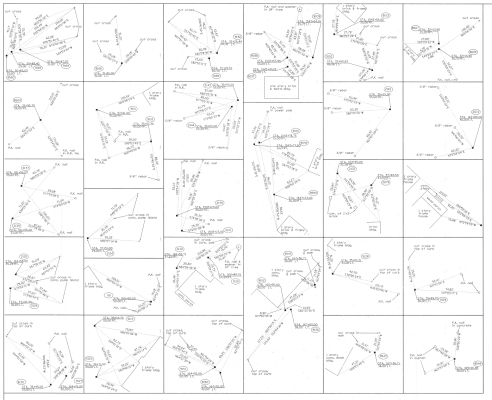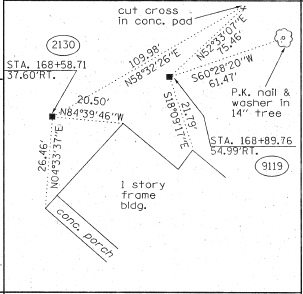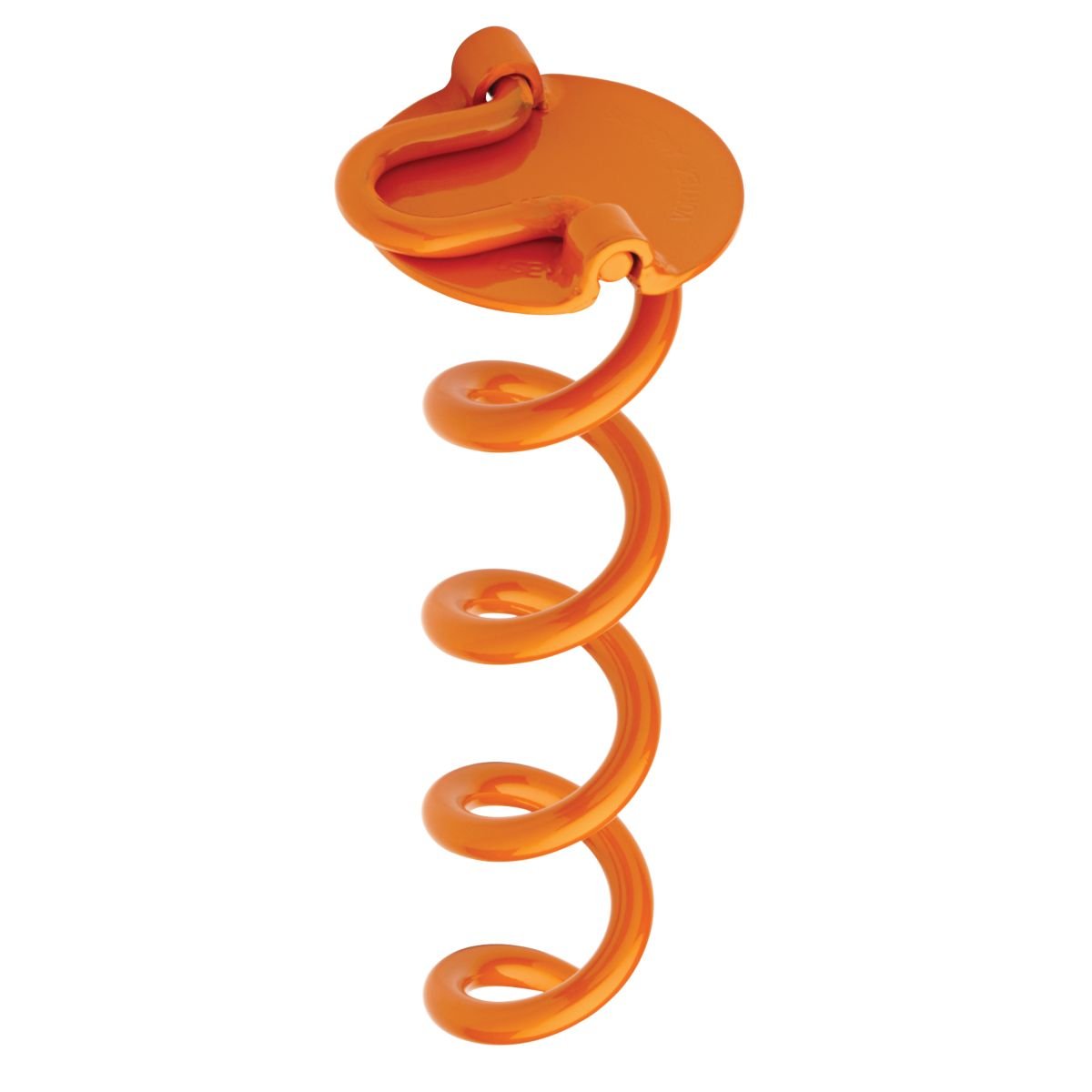I live in a neighborhood with few fences (which is one thing that appealed to me when I bought my home.)
Just to know where the actual property boundaries were, I had a stake survey done ten years ago. The surveyor marked each of the 4 corners of my pie-shaped lot with a 1/2" rebar stake topped with a yellow plastic cap pounded down to ground level.
Recently, a new-ish next-door neighbor installed a chain link fence in the backyard to keep his dogs enclosed, but mistakenly had it installed mostly on my property instead of on the property line.
 (One corner of the fence starts near a corner stake, but the other corner of the fence is 2-3 feet on my property.)
(One corner of the fence starts near a corner stake, but the other corner of the fence is 2-3 feet on my property.)
To prove to the neighbor that his fence was installed on my land, I needed to find the old stakes. I ended up hiring the original surveyor to come out and locate the stakes, as it was an impossible task for me....trying to find them somewhere near the edge of my lawn after begin covered-up with 10 years of grass clippings and dirt.
So I now can see the yellow caps on the stakes. Is there a simple method that would allow these stakes to be located in the future without having to hire a surveyor? I'm thinking with today's technology (with GPS coordinates, etc..)..perhaps I can get the GPS coordinates somehow and write them on the official survey. In the future, an app or something could then help locate the stakes (after they get buried again under grass clippings and dirt).
Additionally, I was thinking of physically attaching something to the ground-level rebar stakes that might withstand years of being buried/sitting out in the yard yet be more easily located than a small yellow plastic cap....like brightly colored electric cable perhaps or something else?
Any ideas?
omni
Just to know where the actual property boundaries were, I had a stake survey done ten years ago. The surveyor marked each of the 4 corners of my pie-shaped lot with a 1/2" rebar stake topped with a yellow plastic cap pounded down to ground level.
Recently, a new-ish next-door neighbor installed a chain link fence in the backyard to keep his dogs enclosed, but mistakenly had it installed mostly on my property instead of on the property line.

To prove to the neighbor that his fence was installed on my land, I needed to find the old stakes. I ended up hiring the original surveyor to come out and locate the stakes, as it was an impossible task for me....trying to find them somewhere near the edge of my lawn after begin covered-up with 10 years of grass clippings and dirt.
So I now can see the yellow caps on the stakes. Is there a simple method that would allow these stakes to be located in the future without having to hire a surveyor? I'm thinking with today's technology (with GPS coordinates, etc..)..perhaps I can get the GPS coordinates somehow and write them on the official survey. In the future, an app or something could then help locate the stakes (after they get buried again under grass clippings and dirt).
Additionally, I was thinking of physically attaching something to the ground-level rebar stakes that might withstand years of being buried/sitting out in the yard yet be more easily located than a small yellow plastic cap....like brightly colored electric cable perhaps or something else?
Any ideas?
omni





